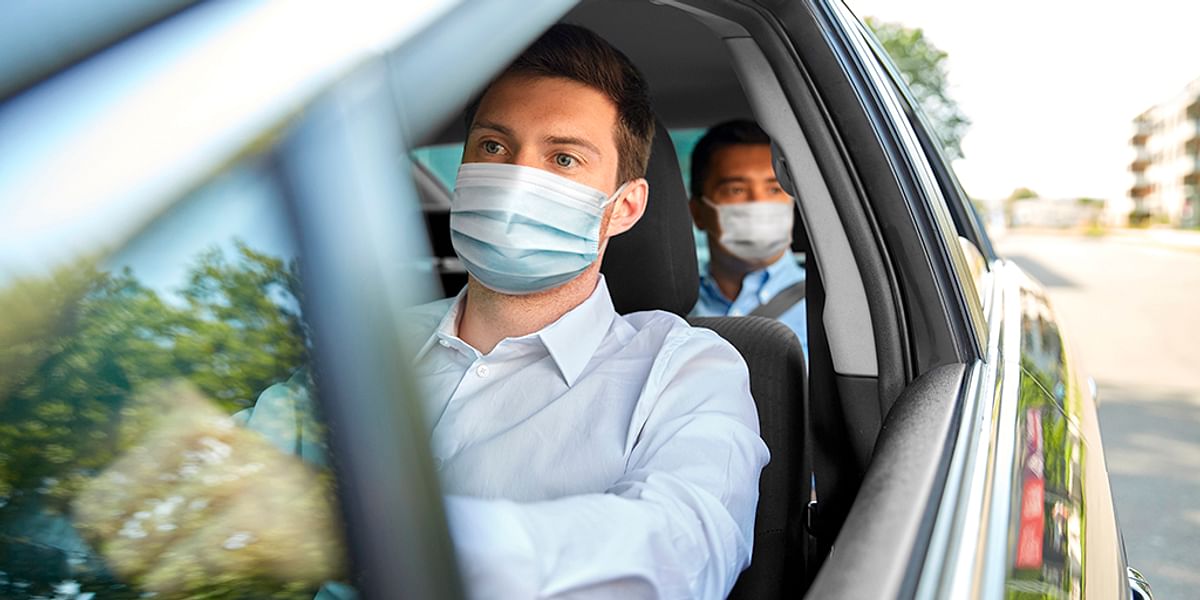Computer simulations have been used to track airflow inside a car’s passenger cabin, providing potential strategies for reducing the risk airborne diseases. The study, published in the journal Science Advances, assessed the airflow inside a compact car with various combinations of windows open or closed.

According to the researchers headed by Brown University in the US, the simulations showed that opening windows created airflow patterns that dramatically reduced the concentration of airborne aerosol particles between a driver and a passenger.
Further, they said blasting the blowers didn’t circulate air nearly as well as a few open windows.
“Driving around with the windows up and the air conditioning or heat on is definitely the worst scenario, according to our computer simulations,” said Asimanshu Das, co-lead author of the research from Brown university.
“The best scenario we found was having all four windows open, but even having one or two open was far better than having them all closed,” Das said.
While there’s no way to eliminate risk completely, and current guidelines recommend eliminating or alternative travel, the scientists said the goal of the study was simply to assess how changes in airflow inside a car may worsen or reduce risk of Covid-19 transmission.

(a) Surface pressure distribution. (b) Pressure distribution in the air at the mid-plane. The color bar shows the gauge pressure in Pascal, and emphasizes the mid-range of pressures: [−180, 60] Pa. At this speed, the full range of gauge pressure on the surface is [−361, 301] Pa.
In the research, the computer models simulated a car, loosely based on a Toyota Prius, with two people inside — a driver, and a passenger sitting in the back seat on the opposite side from the driver. The scientists said they chose this seating arrangement since it maximized the physical distance between two.
Scientists further said airflow adjustments are no substitute for mask-wearing by both occupants when inside a car, adding that the findings are limited to potential exposure to lingering aerosols that may contain pathogens. Citing another limitation of the study, the scientists said it did not model larger respiratory droplets or the risk of actually becoming infected by the virus.
It is clear, the best scenario is minimize travel. But if you do, keep all windows open for full time whilst wearing the masks by all.
This news is with the courtesy of following and you may refer the link for full content: https://advances.sciencemag.org/content/early/2020/11/30/sciadv.abe0166
